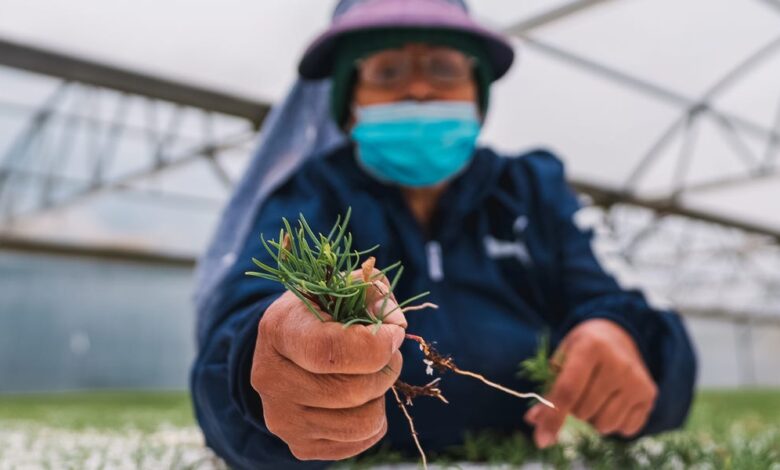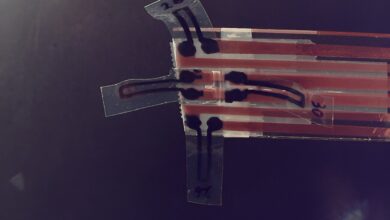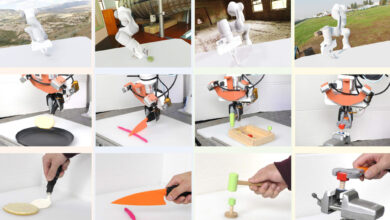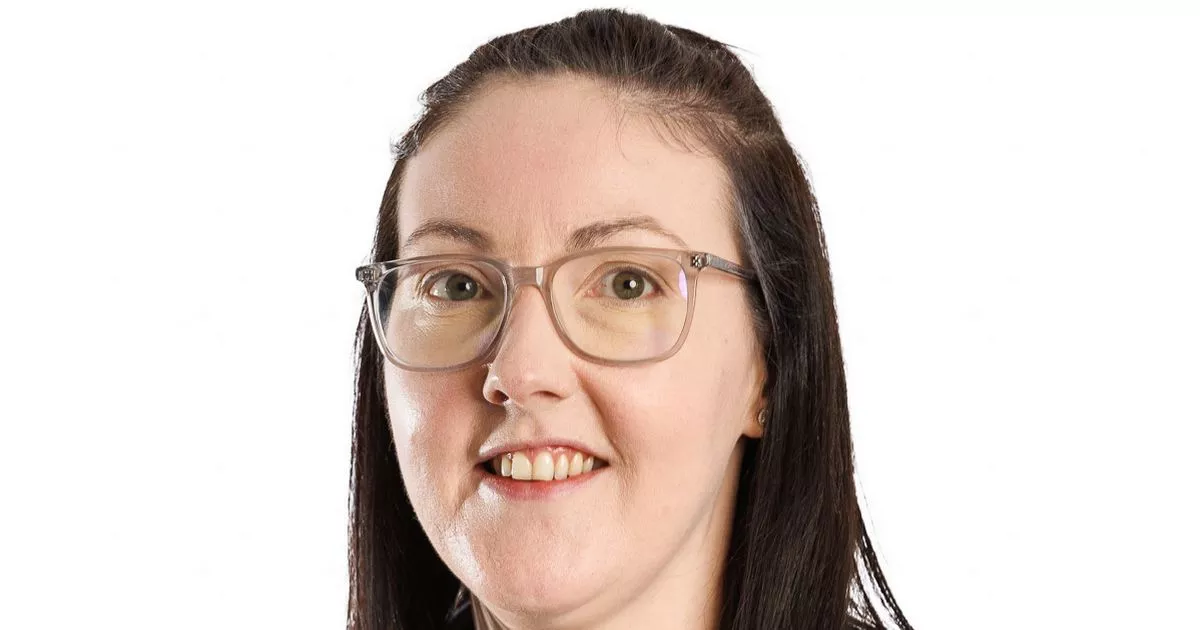How Drones and Software Are Restoring Forests After Wildfires

- Modern robotics technology is providing innovative ways to restore forests.
- Companies are using drones and special software to plant trees and overcome reforestation pain points.
- This article is part of “Build IT,” a series about digital tech trends disrupting industries.
A quiet revolution is taking root. As the world grapples with deforestation and environmental decay — Earth lost almost 70,000 acres of forestland in 2023 alone, according to Global Forest Watch — modern robotics technology provides innovative ways to restore forests.
Technology and land-management companies, in particular, are harnessing tech such as drones and seed-tracking software to plant seeds and seedlings — an approach that excels over the time-consuming method of manual planting.
Robotics making reforestation more efficient
The tech-driven company Mast Reforestation uses drones and biotechnology to help landowners restore forestland after wildfires. Matthew Aghai, the company’s vice president of research and development, said that as wildfires and other disturbances hit more areas, conventional reforestation methods, such as planting nursery-grown seedlings, face setbacks, including poor germination and low survival rates once seedlings are transferred to reforestation sites.
Wildfires’ immense heat, Aghai added, limits the forests’ natural abilities and compromises the growing environment. “That is why we need innovative solutions to intervene and ensure regeneration,” he said.
To ensure seedlings survive and grow in nurseries — and in a forest, once replanted — Mast Reforestation plants its FirePlug seedlings, a biological and logistical solution for growing plant stock from native tree seed in a more controlled environment.
These seedlings are optimized for growth before they’re transferred to a site that needs reforestation. Mast Reforestation leverages maneuverable, battery-powered drones to survey those sites, taking high-quality aerial images to assess areas and landscape conditions before planting. This helps the team identify the best spots to plant the seedlings.
Another company using robotics to plant trees is Flash Forest, which employs automated drones to restore burn sites and other damaged forest areas. Chris Ireland, its senior vice president of product, said Flash Forest uses heavy-lift drones with advanced features such as terrain following, obstacle avoidance, and ground control.
One pilot can navigate four drones, which can fly far, even in treacherous terrain, with a payload of up to 150 pounds. How far they fly depends on factors such as regional aviation regulations, obstacles, and operational requirements. Ireland told Business Insider the Flash Forest team stayed within 2 kilometers of a planting site in Canada based on payload, battery depletion, and safe-operation requirements.
According to Flash Forest’s website, its drones can plant an average of 1,000 to 2,000 trees per hectare, or 405 to 809 trees per acre. Ireland added that 22,000 trees could be planted a day per pilot, as opposed to traditional methods of 2,000 to 4,500 trees planted a day per person.
The company’s reforestation projects also provide communities with employment opportunities such as seed acquisition and harvesting, as seed banks don’t always have the inventory required for specific areas. “It’s seen as a spinoff benefit,” Ireland said.
Flash Forest has a partnership with the Indigenous-owned natural-goods company Boreal Heartland, an initiative of the Keewatin Community Development Association in the Canadian province of Saskatchewan.
Ireland said Flash Forest offered opportunities for Indigenous-community engagement, including seed harvesting and planting operations. Rather than purchase seeds from seed banks, Flash Forest extends these opportunities to the community to help meet the demand.
“The Indigenous people of boreal regions are concerned with the impacts of increased wildfires,” Randy Johns, Boreal Heartland’s manager, told BI.
Ireland said Flash Forest hopes to scale to larger Indigenous-land reforestation projects and provide more jobs and STEM opportunities. “We also have purchased Indigenous products like teas and spices, which these communities have harvested and produced,” he added. “We give these products to our commercial partners to increase appreciation and awareness of our reforestation efforts.”
Using tech to bolster seed supply and growth
Even with efficient, tech-driven methods of mass tree planting, there’s still a major issue: a shortage of seed supply.
To combat this issue, Mast Reforestation uses its custom-built software as a seed-inventory and seed-collection logistics platform. It lets the team view real-time conditions of its seed-bank inventory and a map that shows information such as seed zones and soil-related conditions.
Aghai told BI the proprietary system also provides data and insights to help Mast Reforestation capture seeds at the right time, such as during periods of mast seeding, a large and synchronized production of seeds from plant populations.
The software helped Mast Reforestation collect enough seeds last year to reforest about 2,100 acres on Sheep Creek Ranch in Montana. The seeds were collected on and near the project site, making them more resilient and adaptable to the climate. “Without this software, it would have been very difficult to collect seed for Sheep Creek, Montana, delaying the reforestation efforts significantly, if not forever,” Aghai said.
Meanwhile, Flash Forest uses technology to produce high-quality seedpods, which are carried by drones to target sites and planted with precision. Each eight- to 12-minute flight plants about 10,000 seedpods, with drones reloaded, recharged, and rechecked in under 90 seconds for seamless operations.
The pods are made of “water-retention polymers that improve resistance to drought conditions in the early stages of germination,” Ireland said. The self-sustaining seedpods are also formulated and field-validated to give seedlings a jump-start during the critical phase of the early growth cycle. “This type of tech allows for small footprints, extreme output, and minimal operators,” he added.
Time is of the essence
Jeff Renton, Flash Forest’s silviculture director, told BI tech integration means improved reforestation timelines. Traditional planting projects take eight to 26 months, while Flash Forest can complete projects, including planning and execution, in less than six months, he said.
Recent research underscores the critical need for effective and timely reforestation. Understocked forests inhibit valuable ecological processes such as timber production and carbon sequestration. But using technology to accelerate reforestation shows promise of revitalizing land for a healthier, more vibrant planet.
“We can save our planet faster,” Ireland said.



